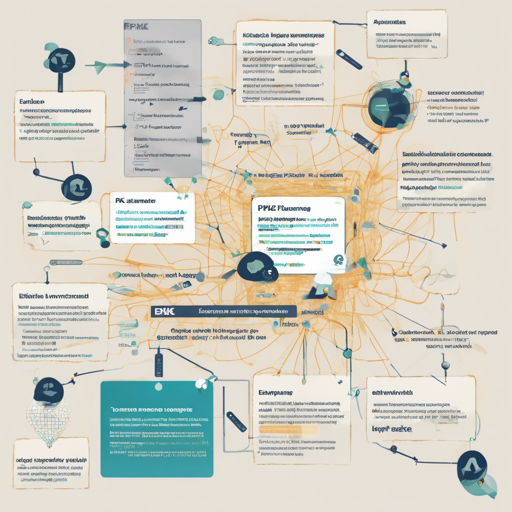In the realm of natural language processing (NLP), extracting point-worthy phrases from documents is essential to understanding and summarizing information. This is where pke, a powerful open-source Python-based keyphrase extraction toolkit, comes into play. In this guide, we’ll delve into how to use pke, including installation, minimal code examples, and troubleshooting tips!
Table of Contents
Installation
To get startetd with pke, you’ll need to install it from GitHub. Here’s how to do that:
pip install git+https://github.com/boudinfl/pke.gitpke relies on spaCy for text processing, so ensure you’ve got it set up:
# download the english model
python -m spacy download en_core_web_smMinimal Example
Now that you’ve installed pke, let’s put it to use! Think of pke as a smart librarian—a librarian who knows how to quickly identify the most crucial themes (keyphrases) in a book (your document).
Here’s a minimal example of how to extract keyphrases using pke:
import pke
# Initialize keyphrase extraction model, here TopicRank
extractor = pke.unsupervised.TopicRank()
# Load the content of the document
extractor.load_document(input=text, language='en')
# Candidate selection based on sequences of nouns and adjectives
extractor.candidate_selection()
# Candidate weighting using a random walk algorithm
extractor.candidate_weighting()
# N-best selection, getting the top 10 highest scored candidates
keyphrases = extractor.get_n_best(n=10)In this example, we first initialize our librarian (the extractor) and load the document (a test string). We then identify potential keyphrases through candidate selection, weight them to judge importance, and finally pick the top phrases to present.
Getting Started
If you want to take a deeper dive into using pke, we invite you to check out the following tutorials:
Implemented Models
pke supports a variety of keyphrase extraction models which include:
- Unsupervised Models:
- Statistical Models: FirstPhrases, TfIdf, KPMiner
- Graph-based Models: TextRank, SingleRank, TopicRank, TopicalPageRank, PositionRank, MultipartiteRank
- Supervised Models:
- Feature-based Models: Kea
Model Performances
Comparative results of all implemented models can be found in the results documentation, allowing you to gauge their effectiveness on various datasets.
Troubleshooting
Should you encounter any issues, ensure that all dependencies are properly installed and check that you are using the correct model names in your code. Common troubleshooting steps include:
- Reinstall spaCy and the English model if you face loading issues.
- Confirm that your Python environment is up-to-date.
- Look through the provided examples and compare your implementation with the examples to spot discrepancies.
For more insights, updates, or to collaborate on AI development projects, stay connected with fxis.ai.
At fxis.ai, we believe that such advancements are crucial for the future of AI, as they enable more comprehensive and effective solutions. Our team is continually exploring new methodologies to push the envelope in artificial intelligence, ensuring that our clients benefit from the latest technological innovations.

